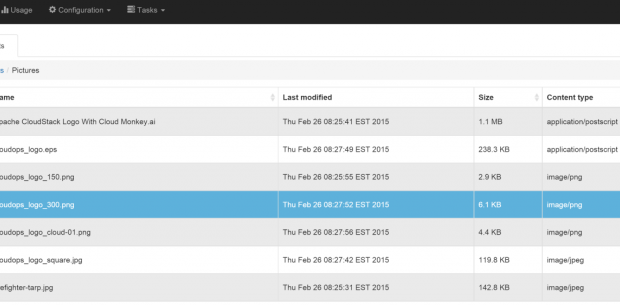Cloud IaaS vs
Host Virtualization
Previously, I blogged about differences between hosting and cloud on cloudops.com. To continue with the theme of contrasting Infrastructure as a Service (IaaS) cloud to things that are often confused with cloud, in this post I will compare IaaS cloud to virtualization. First off, SaaS can run on cloud, but is not cloud. I am strictly referring to an IaaS cloud.
Cloud is an operational model
I suggest we agree to use the NIST definition for cloud computing. Adopting the technology is not enough. Cloud technology needs to be adopted in a way that allows the users to self-serve. At cloud.ca, we... Continued









